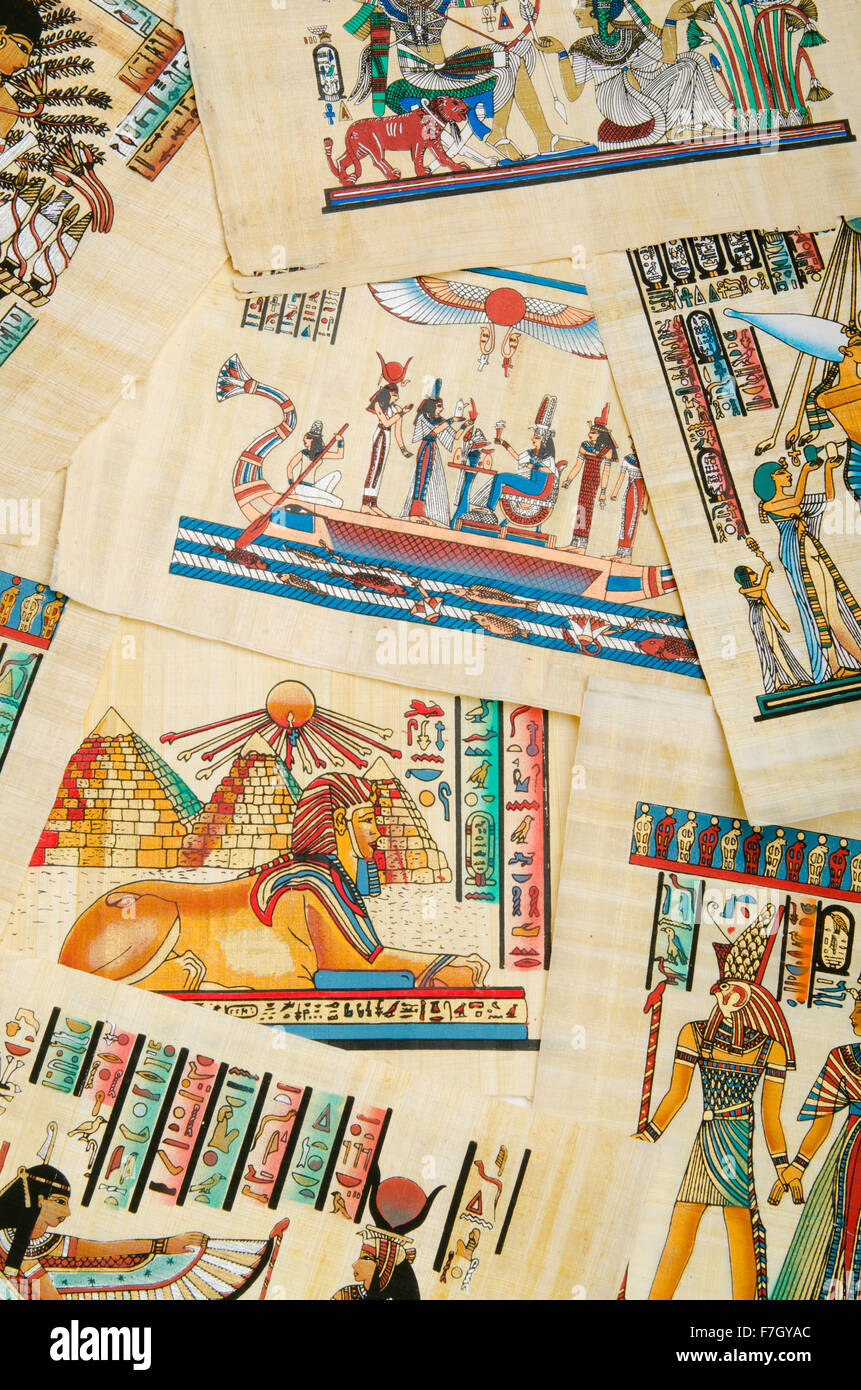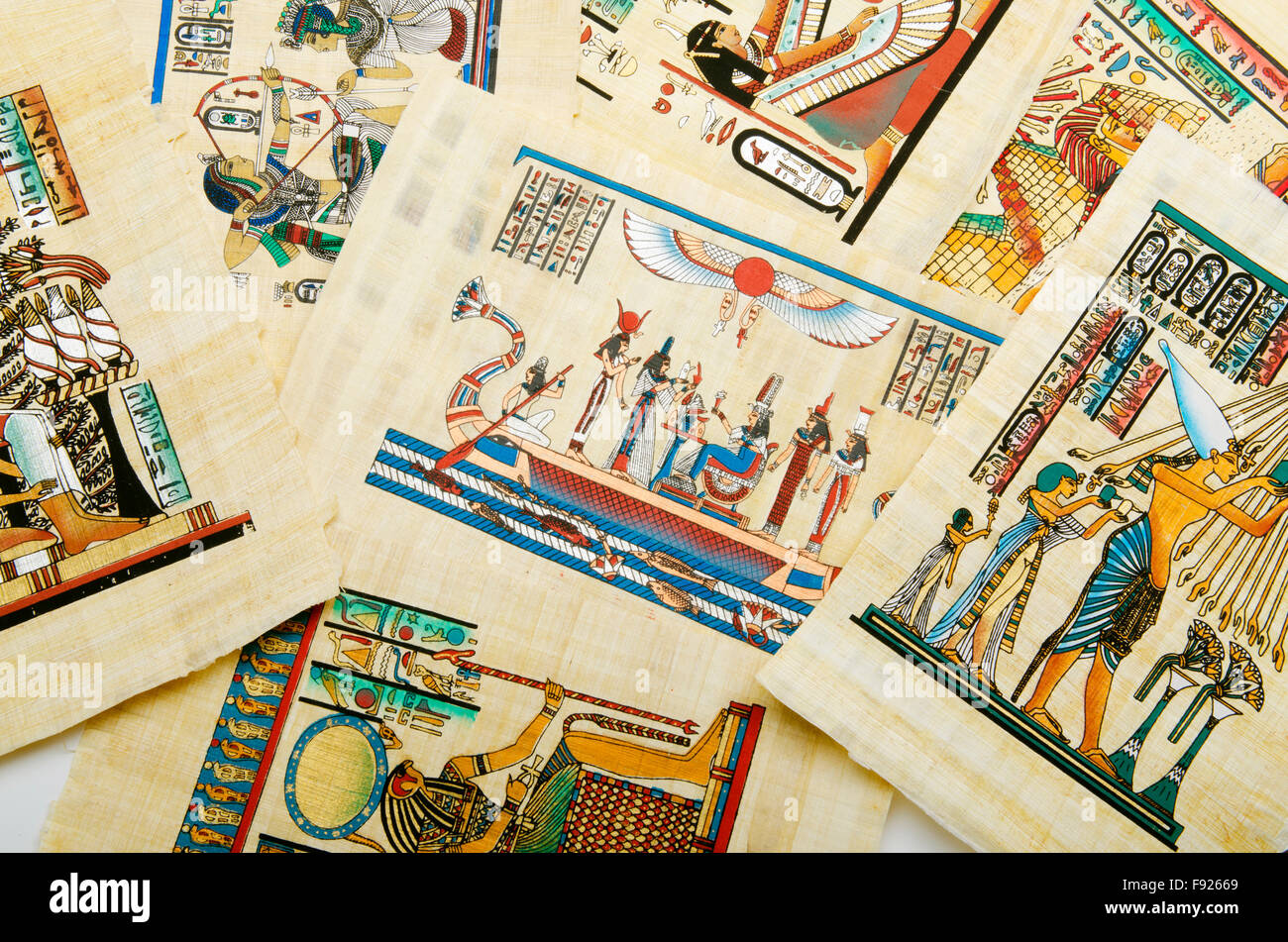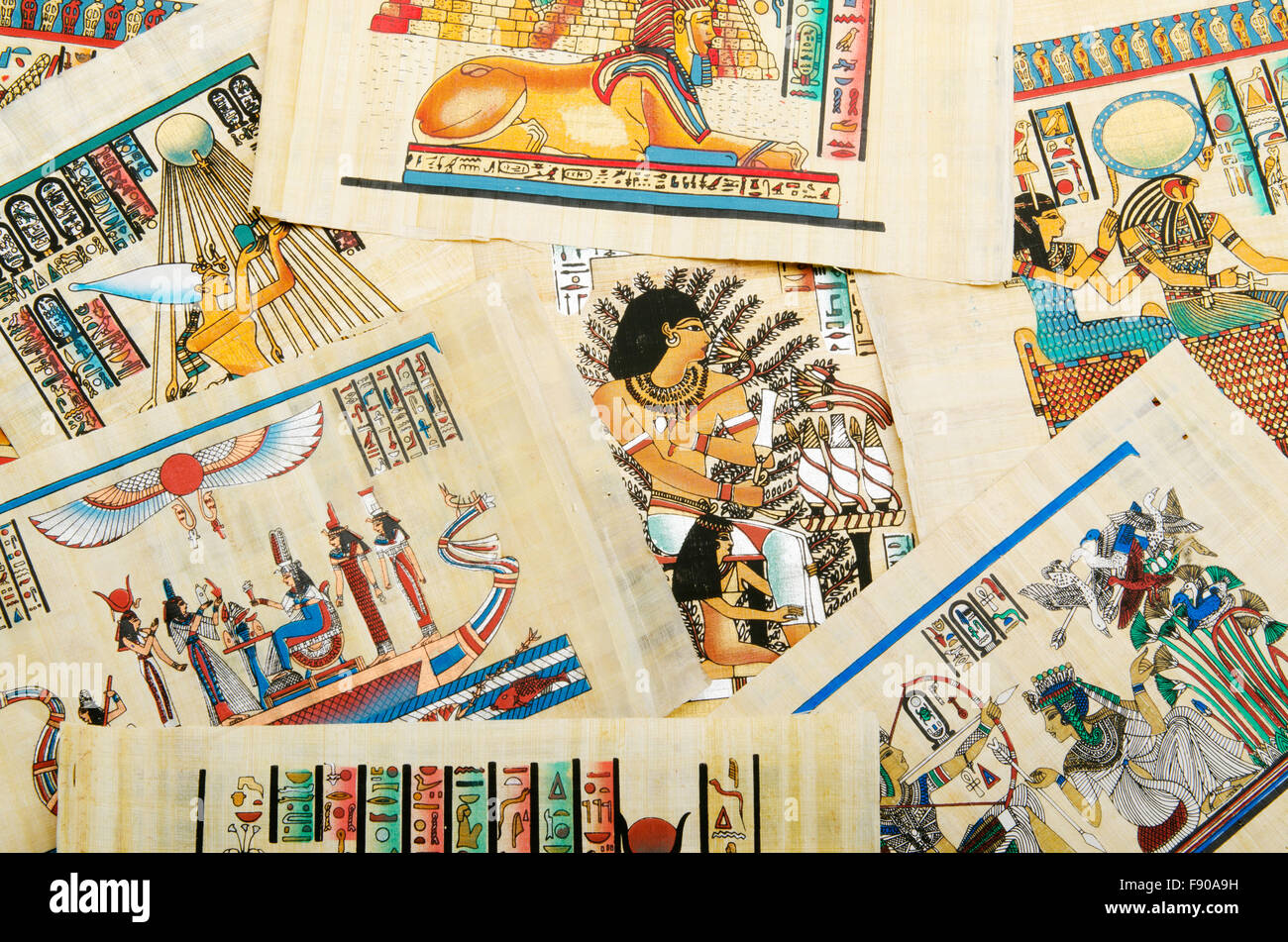The Enduring Tapestry: Unraveling The History Of Iran's Flag
Table of Contents
- Ancient Roots: The Dawn of Iranian Banners and Symbols
- The Iconic Lion and Sun: A Symbol Enduring Through Centuries
- The Constitutional Era: Birth of the Tricolor (1906-1907)
- A Nation Transformed: The Iranian Revolution and the New Flag (1979-1980)
- Decoding the Colors: Symbolism of Green, White, and Red
- The Emblem and Inscriptions: A Deeper Dive into the Current Design
- Displaying the Flag: Patriotism and Protocol
- The Flag as a Narrative: Connecting Iranians to Their Ancestry
Ancient Roots: The Dawn of Iranian Banners and Symbols
Being one of the oldest civilizations in the world, Iran possesses a long and exceptionally rich history, and its flags and banners have always played a crucial role as symbols of war and peace. Long before the standardized national flag we know today, various empires and dynasties that ruled the Persian lands utilized distinct emblems to represent their power and identity. This rich tradition of symbolism is deeply ingrained in Iranian culture, where imagery is held onto by Iranians to preserve their story. One of the earliest known flags, predating many historical records, is also remarkably the oldest known metal flag in human history. This extraordinary artifact was discovered in the Kerman province, one of the most ancient regions in Iran. It consists of a single square metal piece, measuring 23.4 inches by 23.4 inches, mounted on a 128cm metal axle, allowing the flag to turn. This discovery underscores the profound and ancient connection Iranians have had with symbolic banners. Throughout the centuries, various designs adorned Persian flags. Early iterations might have featured a golden eagle, a symbol of power and majesty. Later designs, particularly during the 16th through 18th centuries, showcased a variety of motifs. These included a green field with a yellow circle centered at the top, followed by a green field featuring a gold sun and a lamb, and then another green field with just a gold sun. These early flags, while not uniform national symbols, laid the groundwork for the complex heraldry that would eventually coalesce into the recognized national flag. The evolution of these designs reflects the changing political landscapes and prevailing artistic and religious influences of the time, all contributing to the intricate **history of Iran's flag**.The Iconic Lion and Sun: A Symbol Enduring Through Centuries
Perhaps the most enduring and recognizable symbol in the history of Iran's flag, before the current design, is the Lion and Sun emblem. This powerful motif was displayed on a flag as early as the 15th century, indicating its deep roots in Persian heritage. There is a common misconception that the Lion and Sun flag is solely the symbol of the Pahlavi dynasty. While it was indeed prominently used during the Pahlavi dynasty, its history stretches back much further, dating to the twelfth century. It is, indeed, Iran’s symbol, having been discovered on banners and various forms of artwork throughout centuries. The Lion and Sun represented Persian heritage, monarchy, and national identity for a significant period. It became a central element of the Iranian flag, evolving in its artistic rendition but maintaining its core symbolism. The lion typically represented power, royalty, and the sun, often depicted with a human face, symbolized the ancient Persian sun god Mithra, or the concept of enlightenment and sovereignty. This emblem, deeply embedded in Iranian consciousness, continued to be the national flag until the pivotal 1979 Iranian Revolution. Its long tenure and widespread recognition underscore its importance in the broader **history of Iran's flag**.The Constitutional Era: Birth of the Tricolor (1906-1907)
The late 19th and early 20th centuries marked a significant turning point in the **history of Iran's flag** with the formalization of its colors. In the late 19th century, the colors green and red were added as a border to a white flag bearing the Lion and Sun symbols. This introduction of a tricolor scheme was a crucial step towards the modern flag design. A truly transformative moment came after the granting of the constitution of 1906. This period saw the formal adoption of a tricolor flag, typical of the national flags of many emerging nations around the world. The Iranian Constitution of 1907 further solidified this design, making it the official national flag. This era represented a shift towards a more modern, constitutionally-governed state, and the flag evolved to reflect this new national identity. The tricolor design, with its distinct horizontal bands, became the standard, providing a clear visual representation of the nation's aspirations for modernity and self-determination, even as the Lion and Sun remained central to its white band. This period laid the foundational color scheme that would endure, albeit with significant modifications, into the present day.A Nation Transformed: The Iranian Revolution and the New Flag (1979-1980)
The most dramatic and recent transformation in the **history of Iran's flag** occurred in the wake of the 1979 Iranian Revolution. This monumental event, which celebrated the overthrow of Shah Mohammad Reza Pahlavi, finalized on February 11, 1979 (corresponding to 22 Bahman 1357 in the Persian calendar), fundamentally reshaped the nation's political, cultural, and social landscape. As a direct reflection of these profound changes, the flag of Iran was adopted in 1980, signifying a new era for the country. The current design, which is now the flag currently flying in the streets of Tehran, atop government buildings, and slapped on the uniforms of its military, was formally adopted on July 29, 1980. The new flag and seal of Iran were explicitly mentioned in the 1980 constitution of the country. Accordingly, the parliament replaced the old flag and seal with the new ones, solidifying the revolutionary government's commitment to a new national identity. This new flag, while retaining the green, white, and red tricolor, replaced the Lion and Sun emblem with a new national emblem and added distinct Islamic inscriptions, symbolizing the nation's commitment to Islamic values and the ideals of the revolution. This dramatic shift marked a clear break from the monarchical past and ushered in a new chapter for the Iranian nation, visually represented by its updated national banner.Decoding the Colors: Symbolism of Green, White, and Red
Let’s start off by focusing on the colors of the current Iranian national flag. The horizontal tricolor of green, white, and red is not merely an aesthetic choice but carries deep symbolic meaning, reflecting the core values and aspirations of the Iranian nation. Each color contributes to a holistic representation of the country's identity and its commitment to Islamic values.Green: Unity, Growth, and Cultural Richness
The green color in the Iranian national flag is rich with symbolism. It primarily represents unity, reflecting the desire for a cohesive and harmonious nation. Beyond unity, green also signifies growth and vitality, embodying the nation's aspirations for progress and prosperity. Furthermore, it is associated with happiness and is widely understood to represent Iran's diverse languages and culture, encompassing the vast heritage of Persian civilization. Historically, green has also been linked to Islam, representing paradise and the lineage of the Prophet Muhammad, adding a spiritual layer to its meaning.White: The Purity of Freedom
The white color, positioned centrally in the flag, represents freedom. Its interpretation as a "blank" or pure color signifies peace, honesty, and the unblemished aspirations of the Iranian people. In many cultures, white is associated with purity and innocence, and in the context of the Iranian flag, it embodies the nation's desire for peace and its commitment to fundamental liberties. It acts as a neutral ground between the vibrant green and red, symbolizing the balance and tranquility sought by the nation.Red: Bravery, Love, and Sacrifice
The red color on the Iranian national flag is perhaps the most intense in its symbolism. It represents bravery, reflecting the courage and resilience of the Iranian people throughout their tumultuous history. Beyond valor, red also signifies love, warmth, and sophistication. Most profoundly, in the post-revolutionary context, it represents martyrdom, honoring those who sacrificed their lives for the nation and the revolution. It is also associated with fire, a powerful element in ancient Persian culture, symbolizing strength and purification. This potent combination of meanings makes the red band a powerful tribute to the sacrifices made for the nation's ideals.The Emblem and Inscriptions: A Deeper Dive into the Current Design
Beyond the colors, the current flag of Iran incorporates specific elements that powerfully symbolize the nation’s identity and values, particularly its commitment to Islamic principles and the legacy of the revolution. These intricate details set it apart and provide a unique insight into the modern Iranian state.The National Emblem: Islamic Values at the Core
At the heart of the white band, centered prominently, is the national emblem in red. This emblem is a stylized representation of the word "Allah" (God) in the Kufic script, combined with symbols of the "La ilaha illa Allah" (There is no god but Allah), forming a symmetrical design. The four crescents represent the growth of Islam, while the sword in the center symbolizes strength and justice. The overall shape evokes a tulip, a traditional symbol of martyrdom in Iran, particularly associated with those who died for the country. This emblem powerfully encapsulates the country's commitment to Islamic values, its revolutionary ideals, and the sacrifices made for its freedom.The Takbir: A Call to Faith and Revolution
Adding another layer of profound meaning, the phrase "Allah-o-Akbar" (God is Great), known as the Takbir, is written in white Kufic script along the bottom edge of the green band and the top edge of the red band. This inscription is repeated 11 times along each band, totaling 22 repetitions. This specific number, 22, is highly significant: it commemorates the 22nd day of Bahman (February 11th) in the Persian calendar, the date of the final victory of the 1979 Iranian Revolution. This continuous inscription acts as a visual border, reinforcing the flag's revolutionary and Islamic identity, serving as a constant reminder of the principles upon which the modern Iranian state was founded.Displaying the Flag: Patriotism and Protocol
Displaying the Iran flag is not merely a formality; it is a deeply patriotic act that reflects profound respect for the country’s history, culture, and commitment to Islamic values. This act is performed according to specific customs, particularly on important national and religious occasions, underscoring the flag’s role as a unifying symbol for the Iranian people. One interesting aspect of the Iranian flag’s protocol, especially for flags featuring writing, is the orientation of its hoist. Similar to the flags of Saudi Arabia and Iraq, two other flags featuring writing which reads from right to left, the hoist of the Iranian flag should be at the viewer's right. This adherence to specific display customs highlights the cultural and religious nuances embedded within the flag’s design and its presentation. Whether flown during national holidays, displayed at government buildings, or carried during parades, the flag is always treated with reverence, a testament to its significant meaning for the Iranian people and its central role in their collective identity.The Flag as a Narrative: Connecting Iranians to Their Ancestry
The flag of Iran is a powerful symbol of the nation’s identity, embodying a rich tapestry of historical, cultural, and religious elements. It is a reflection of Iran’s storied past, a narrative that connects its people to an ancestry spanning millennia. As one of the oldest civilizations in the world, Iran has always relied on imagery and symbolism to preserve its story, and many of the key symbols of Iran are represented in artwork and flags of past ruling empires. While the various iterations of the Iranian flag have often been a point of contention, particularly between those who cherish the pre-revolutionary symbols and those who embrace the post-revolutionary ones, these many flags ultimately serve a common purpose: they connect Iranians to their ancestry. Each design, from the ancient metal flag of Kerman to the Lion and Sun, and finally to the current tricolor with its Islamic emblem, tells a chapter of Iran's grand history. Exploring the flag of Iran is therefore not just about understanding a national emblem; it is about understanding the soul of a nation, its resilience, its deep cultural roots, and its ongoing journey through time. It is, indeed, Iran’s symbol, a vibrant testament to a civilization that has continuously adapted, endured, and celebrated its unique identity. --- **In conclusion, the history of Iran's flag is a compelling journey through time, mirroring the profound transformations of one of the world's oldest civilizations.** From ancient banners and the enduring Lion and Sun emblem to the modern tricolor born of revolution, each design tells a vital part of Iran's story. The current flag, with its vibrant green, white, and red, and its intricate emblem and inscriptions, stands as a powerful symbol of national unity, Islamic values, and the enduring spirit of the Iranian people. We hope this exploration has provided you with a deeper appreciation for the rich symbolism and historical significance embedded within Iran's national flag. What aspects of its history surprised you the most? Share your thoughts in the comments below, and feel free to explore other articles on our site to delve further into the fascinating heritage of nations around the world.- Iran Present Situation
- Logo Iran Air
- Israel Attacked Iran Embassy
- Is Joey Mcintyre Married
- Iran Reza Shah

Egyptian history concept with papyrus Stock Photo - Alamy

Egyptian history concept with papyrus Stock Photo - Alamy

Egyptian history concept with papyrus Stock Photo - Alamy